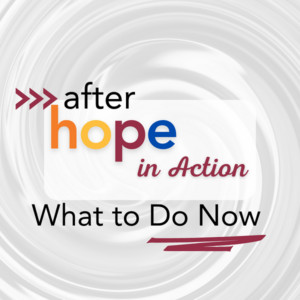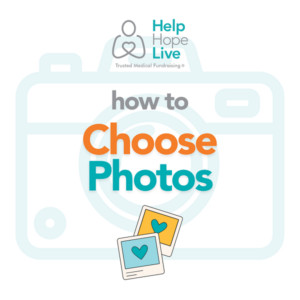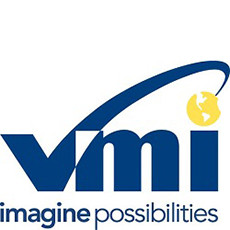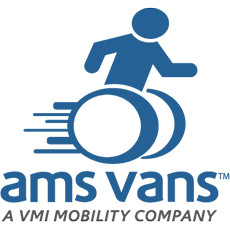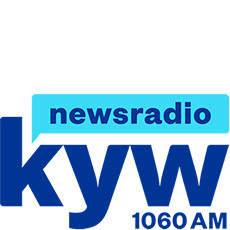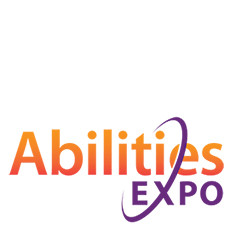
One of the nonprofits we love to see in our email inboxes is Laughing At My Nightmare, Inc. (LAMN).
You may know LAMN by their life-improving grants for the disability community, or by their co-founder Shane Burcaw, who evolved his personal reflections about life with a disability into a vlog that’s rapidly approaching 2 million followers on YouTube.
Creative, colorful, and always compelling, LAMN emails are some of our favorites to receive.

It surprised us to learn that LAMN co-founder and Vice President Sarah Burcaw, who is also Shane’s cousin and best friend, had no prior experience in fundraising before starting LAMN.
If LAMN can grow engaging emails from the ground up, you can, too—and Sarah wants to help!
In this blog, you’ll learn expert email fundraising tips from Sarah, then delve into how she built an email fundraising strategy that connects deeply with LAMN supporters.
After you read, be sure to subscribe to their emails yourself. In addition to receiving exceptional content from the disability community, you’ll get a front-row seat to LAMN’s approach to email marketing so you can incorporate what inspires you into your next fundraising email to your community.
Sarah’s 6 Top Tips for Successful Fundraising Emails
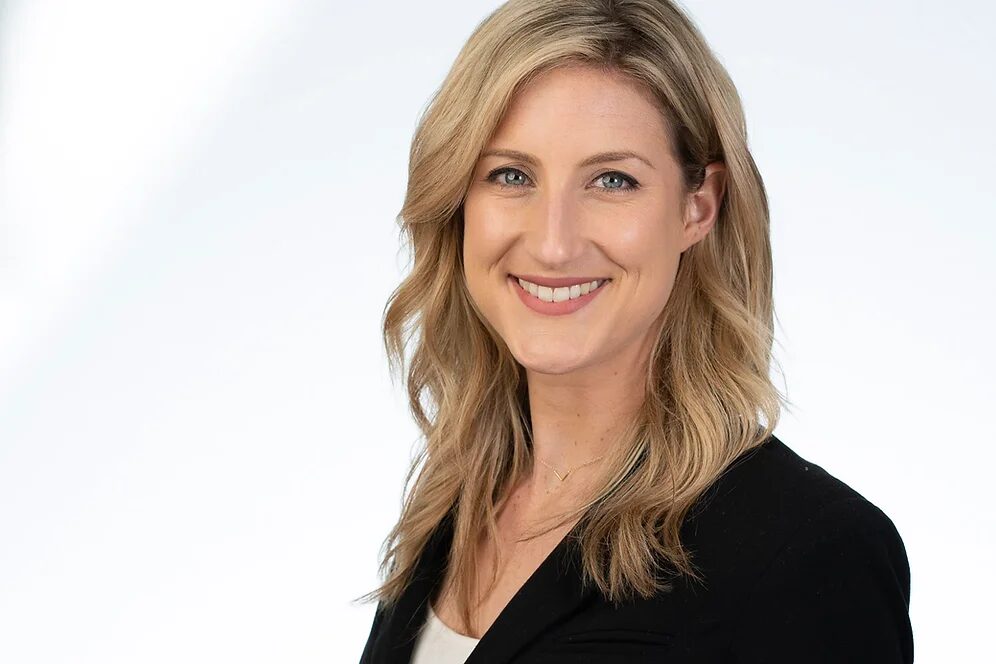
Tip 1: Start with a Strong Subject Line
Your subject line is the first thing people see, so make it compelling and clear. Personalization, urgency, or a powerful question can help increase your email success.
Tip 2: Keep It Concise and Focused
People don’t have time to read long emails, so get to the point quickly. Focus on one clear message or story rather than trying to cover too much at once.
Tip 3: Tell a Story
A personal, emotional story is far more engaging than just describing a need. Show the real impact of support rather than just asking for donations.
Tip 4: Make the Call-to-Action Clear and Easy
Whether it’s donating, sharing, or signing up for something, make sure your “call-to-action” or “ask” is simple, direct, and easy to follow. Use buttons or bold text to highlight it.
Tip 5: Be Personal and Conversational
Write as if you’re talking to a friend. Use “you” to make supporters feel personally involved and appreciated.
Tip 6: Show Gratitude
Even in a fundraising ask, acknowledging past support and expressing appreciation can make donors feel valued and more likely to give again.
See a Sample Email from LAMN:

Advanced Tip: Test and Adjust
One of the benefits of using an email marketing platform such as Mailchimp or Constant Contact is that you get the opportunity to analyze the success of your fundraising emails.
You can track open rates and click-through rates and use that data to refine your future emails. Experiment with subject lines, email lengths, and messaging styles to see what resonates most with your audience.
At LAMN, if we notice a subject line leads to higher open rates, we analyze why it worked and apply similar strategies in future emails. If a call-to-action isn’t generating clicks, we experiment with different wording or placement to improve engagement.
We also track which types of stories or impact highlights drive the most responses, helping us tailor future content to what supporters find most compelling.
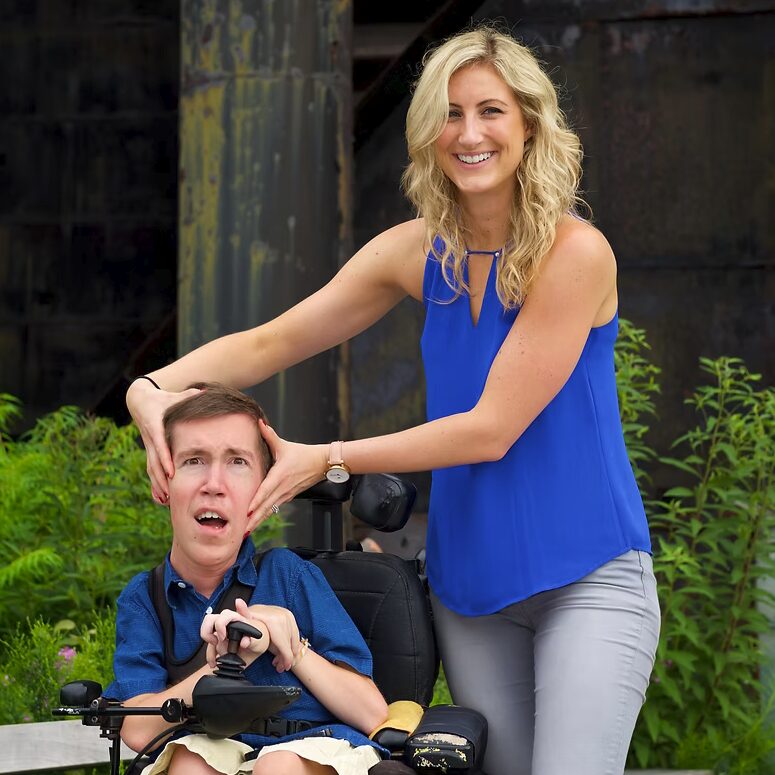
Developing Your Email Strategy
Sarah was kind enough to offer us a deep look at how LAMN emails are crafted. Her insights will inspire you and help you advance your email fundraising strategy.
What are the core elements of LAMN’s email strategy?
Right now, we’re focusing on crafting emails that feel personal and storytelling driven.
Rather than just asking for donations, we highlight real stories of individuals who have benefited from our programs, showing the tangible impact of our supporters’ generosity.
We’re also being more intentional about segmentation—tailoring messages based on a supporter’s previous engagement with us. Whether someone is a first-time donor, a long-time supporter, or a past recipient who wants to give back, we want our emails to feel relevant and meaningful to them.
Finally, we’re emphasizing consistency and clarity. Every email has a clear purpose, whether it’s a request, an update, or a thank-you, and we’re making it as easy as possible for people to take action.
Do you change your strategy based on how your community responds?
Yes: our fundraising email strategy has evolved over time as we’ve learned more about what resonates with our supporters.
Here’s an example. We have found that some of our most successful emails include a personal story from Shane and a GREAT “hook” (first sentence).
A strong hook draws attention but also makes people ask themselves, “What could this possibly be about?” We noticed that aspect of our strategy was working well, so we continued to apply it to future emails.
Have you seen success from your current email strategy?
Yes! We’ve seen strong engagement with our current email strategy, particularly in terms of donor response and overall connection with our community.
By focusing on storytelling and personalization, we’ve noticed higher open and click-through rates, as well as more meaningful interactions from supporters.
One clear indicator of success has been an increase in repeat donations and first-time donors who mention being moved by the impact stories we share. Segmenting our emails has helped us tailor our messaging more effectively, leading to better response rates from different groups within our audience.
Overall, this approach has reinforced the importance of making our emails not just about fundraising but about building relationships—and that’s something we plan to continue refining.

How do you decide how long or how short to make your emails?
Keeping our emails concise and to-the-point is a key part of our strategy.
We know that people receive countless emails every day, so we aim to respect their time by making our messages clear, engaging, and easy to act on.
By keeping our emails short—usually just a few paragraphs—we ensure that our main message doesn’t get lost.
We focus on one compelling story or impact highlight, followed by a clear and direct call-to-action. Whether we’re asking for a donation, encouraging someone to share our mission, or updating supporters on our work, we want them to immediately understand what they can do next.
There are occasions when the emails we send are longer—especially those featuring stories from our President, Shane.
When we send a longer-than-usual email, it’s intentional and for good reason.
We focus on what’s essential for a recipient to understand the impact of our work and take action.
Our general rule is to highlight one key story, update, or call-to-action per email rather than overwhelming supporters with too much information. If a topic requires more detail, we provide a brief summary and include a link where people can learn more if they’re interested.
We also consider the emotional impact. Some stories are powerful enough to stand on their own with just a few sentences and a photo, while others may require more context.
Ultimately, we aim to share just enough to inspire action without losing the reader’s attention.
Do you usually include a photo in your emails?
Yes, we try to include a photo whenever possible in our emails.
Visuals are a powerful way to connect with our audience. A compelling image helps bring our stories to life, making the impact of our work feel more real and personal.
Whether it’s a photo of someone who received adaptive equipment, a behind-the-scenes moment from our team, or an image that reinforces our message, we find that pictures draw people in and make our emails more engaging.
That said, we’re intentional about the images we use.
We ensure any images we choose align with our message, add value, and don’t distract from the main call-to-action.

How do you keep your emails feeling fresh—even when you’re asking for the same kind of support from your community?
It comes down to creativity and variety in messaging. Here are a few strategies we use:
- Tell a new story. Even if you’re asking for the same kind of support, sharing a different personal story gives you a different way to highlight the impact of their support.
- Call back to prior impact. Always show how past donations have already made a difference while reinforcing while continued support matters.
- Try a different type of email. Instead of making a direct ask, mix in some gratitude emails, a behind-the-scenes style update, or a success story. That will help you feel like your emails are a conversation—not a transaction.
- Try a different tone. In addition to changing the type of email you send, try changing the email’s stone. One email can be heartfelt and emotional, while another can be lighthearted or celebratory.
- Tie into timely events. Connect your emails to something that’s happening in the wider community, such as GivingTuesday, Hope in Action, Disability Pride Month, or other awareness days and fundraising opportunities. That will help you feel like your email is timely and has a larger purpose behind it.
- If you get stuck, personalize. There may be times when a mass email just doesn’t feel like a fit for you. In those cases, try reaching out to some of your most connected supporters individually. Speak to their past involvement and start a conversation in a personalized email.

What is the one last tip you’d give to our client community for crafting their next email?
It took a really long time for me to understand this tip:
Focus on building a relationship, not just making a one-time ask.
Fundraising is about creating a community of people who are invested in your mission, and that means engaging with them consistently. Whether or not you plan to ask for donations, keep your supporters updated. Celebrate successes with them.
Make them feel like they’re a part of something bigger- because they ARE.
In addition to highlighting your connection to organizations like Help Hope Live, remember to always tell your own story, too. Highlight the challenges you’re facing and the victories you’re achieving.
The more you humanize your cause, the more your community will feel inspired to support you.
Be patient with yourself as you learn. Fundraising is a journey, not a sprint, and it takes time to build momentum. Keep learning and adjusting.

Subscribe to emails from the LAMN community to get more inspiration for your next fundraising email as well as resources, grant opportunities, and encouragement.

